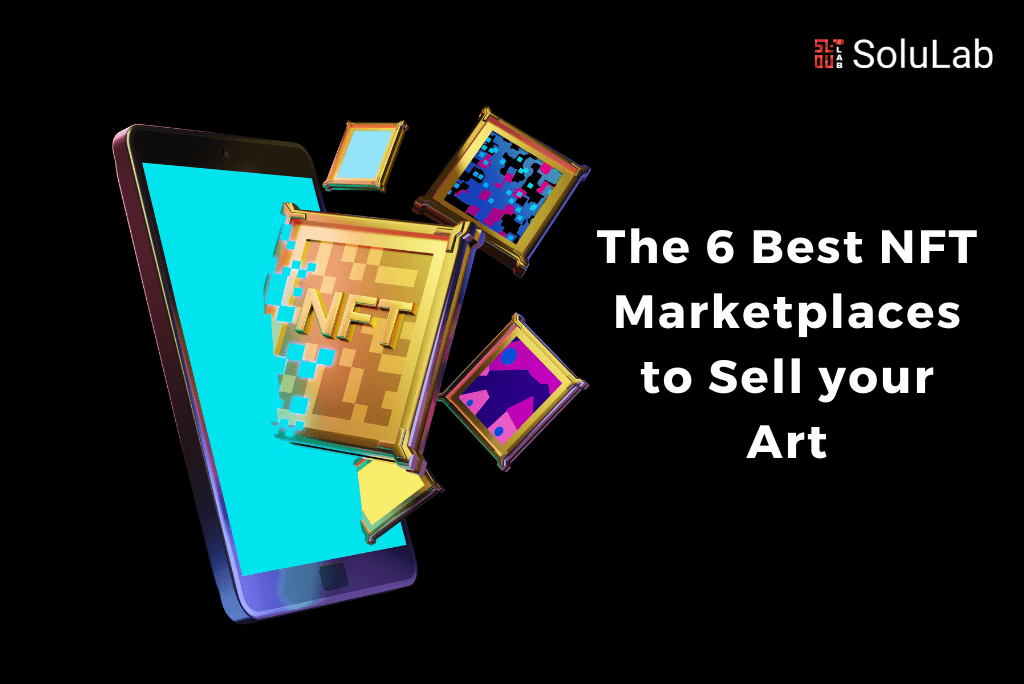
As an artist or organization just getting into NFTs (non-fungible tokens), you might get overwhelmed by the amount of NFT art marketplaces. In this blog post, I will share an overview of the biggest marketplaces on the Ethereum blockchain.
First: the buzzwords, explained
Before we dive in, I will assume you are a total beginner and don’t know anything about the crypto world as a whole. I will, however, assume that you know what an NFT is.
Ethereum
In this post, I’ll be talking about NFT marketplaces on the Ethereum blockchain. Ethereum is the second largest cryptocurrency in existence (after the well-known Bitcoin). It is popular because it was the first cryptocurrency that allowed developers to program on it.
Gas
Like with any cryptocurrency, you need to pay a transaction fee whenever you create, move, or do anything on the blockchain. This is what we call gas. I’ll be talking about transaction fees and gas interchangeably throughout this entire blog post. When you choose a marketplace and you’re just starting out, choosing the right marketplace can be a game changer. Some of these marketplaces have implemented ways to circumvent these gas fees completely or at least to a certain degree.
Minting
Another important term I’ll use often is minting. Minting is what we call the transaction that creates the NFT on the blockchain. It is the most important step in the creation of your NFT since it takes care of the blockchain part. Now that we’ve got those terms out of the way, let’s get into the article itself.
The NFT marketplaces
I will make a comparison between two major categories of NFT marketplaces. For instance, on the one hand, you’ve got the curated marketplaces, and on the other hand, you’ve got the non-curated marketplaces.
Read also: How To Become a Top Earning NFT Artist
On curated marketplaces, you need to apply as an artist and get access to sell art. On a non-curated marketplace, anyone can put up anything for sale.
Non-Curated NFT Marketplaces
Since non-curated NFT marketplaces are not curated by the company that developed them, anything is possible. You can get your art online within a few minutes. The three marketplaces I like the most are OpenSea, Rarible, and Mintable. Anyone new to NFTs can easily access these and you don’t need any verification from the website. For instance, companies like Adidas and Ubisoft have used these in the past.
OpenSea
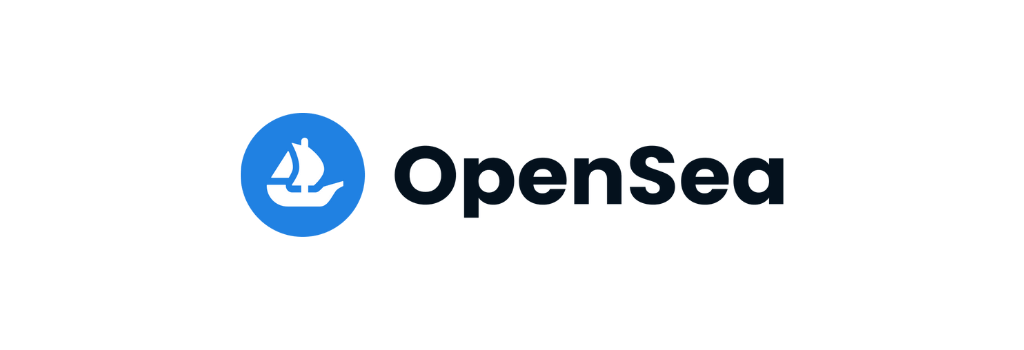
Let’s start off with OpenSea. OpenSea is by far the most popular marketplace in the NFT space. In fact, it had the first-mover advantage and hosts some of the most popular collections like the Bored Ape Yacht Club and CryptoPunks. It has over 2M+ Collections, 80M+ Goods, and a total market volume of more than 10B+.
To start selling your art on OpenSea, you need to pay for two transactions. First, you need to initialize your account for making sell orders. Secondly, you have to allow OpenSea access to your item. You will need to do this second transaction every time you list a new item. From then on, you will only need to sign a signature request when you’re listing the item. On OpenSea, the buyer pays a 2.5% fee on every item they buy.
You can offer your NFTs either as a direct-for-sale NFT or sell them via an auction. Auctions can last up to 7 days. In OpenSea, you can set royalties up to 10%. To conclude, you can access the platform from the Ethereum Mainnet or from Polygon to get cheaper gas fees.
Rarible
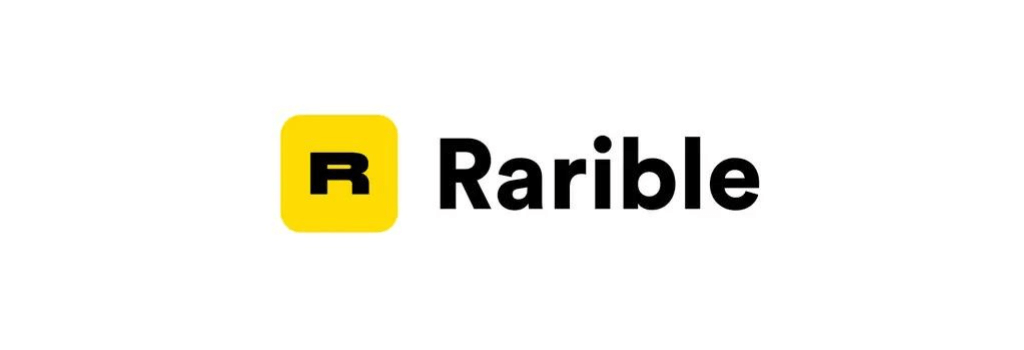
Second, Rarible is an NFT marketplace and issuance platform that utilizes the RARI token to empower users who actively interact with the protocol. The platform offers users a fully-featured marketplace that is filtered and sorted using different categories to create a smooth and easy user experience. Anyone can create and post NFTs on the Rarible marketplace. In 2021 they had over 2.1 million monthly active users, over 400k+ NFTs minted, and over 273M+ in trading volume.
To start selling on Rarible you have two options. Either the seller pays for the minting or the buyer does. On Rarible, the seller and buyer both pay a 2.5% service fee.
You can offer your NFTs either as a direct-for-sale NFT or via a timed auction. In addition, you can allow bids. Auctions can last up to 7 days. In Rarible, you can set royalties up to 50%. To conclude, you can access the platform from the Ethereum Mainnet or from Flow or Tezos for cheaper gas fees.
Mintable
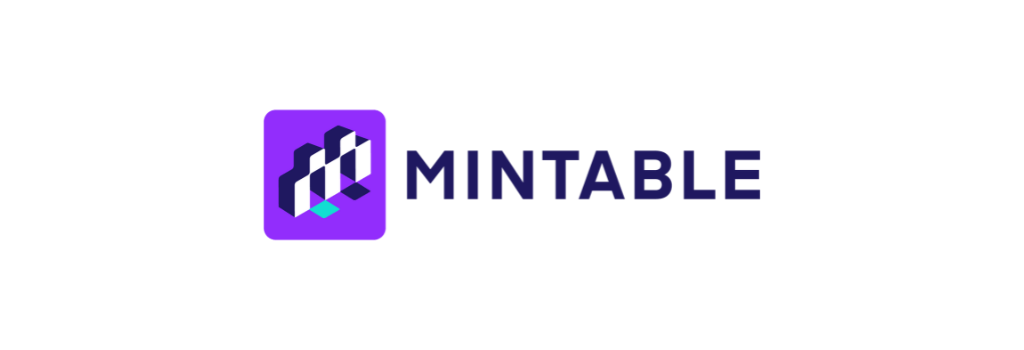
Third, Mintable is the third non-curated marketplace I want to highlight. This marketplace is special because it offers gasless minting! Mintable is a platform built on top of Ethereum that allows users to create, sell, distribute, buy, and trade digital items for cryptocurrencies. The platform stands out as an excellent entry platform into the NFT space. It is the perfect place to start your journey since they offer a completely gasless listing.
The best part: to start selling on Mintable you don’t even need crypto! What you do need is a wallet, of course. You can either sell using gas fees and pay a 2.5% service fee or use the gasless option and pay 5%.
Furthermore, you can offer your NFTs either as a direct-for-sale NFT or via a timed auction. In addition, you can also allow bids. Auctions can last up to 7 days. You can set royalties up to 10%. To conclude, you can access the platform from the Ethereum mainnet or from ImmutableX for cheaper gas fees.
Curated NFT Marketplaces
Let’s continue with the curated marketplaces. These are the marketplaces established digital artists almost always use to sell their art and collectible projects. Artists like Murat Pak and Beeple sell their digital ego on these.
Foundation

The fourth marketplace, Foundation is the biggest curated marketplace on the Ethereum blockchain. Companies usually opt for Foundation because of its clean UI and easy mint process. Since its launch in February 2021, creators have earned over 47k ETH on the platform.
Creators are invited to join the Foundation by members of the community. Once you’ve received an invite, you’ll need to set up a wallet with ETH before you can create an artist profile and mint an NFT — which means uploading your artwork to a decentralized peer-to-peer storage network. It will then be an NFT you can price in ETH and put up for auction or a private sale on Foundation.
When an artwork is sold on the primary market, creators receive 85% of the final sale price. If an NFT is listed and collected again on the secondary market, a 10% royalty is automatically sent to the creator who originally minted the artwork — in perpetuity.
Companies like Quick (a big fast-food chain from Belgium) have sold NFTs via this platform.
SuperRare
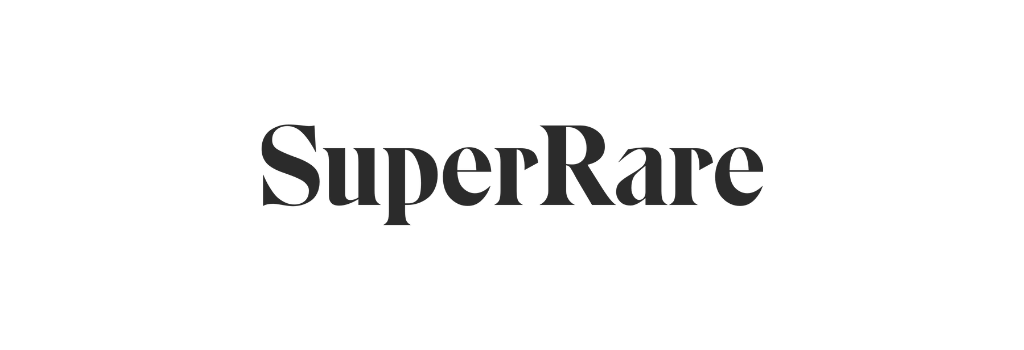
Fifth, SuperRare is an NFT marketplace to collect and trade unique, single-edition digital artworks. Each artwork is authentically created by an artist in the network and tokenized as a crypto-collectible digital item that you can own and trade.
You can think of SuperRare as Instagram meets Christies. A new way to interact with art, culture, and collecting on the internet. To sell on SuperRare as an artist, you need to get an invite. That’s the only way to get in.
You can offer your NFTs either as a direct-for-sale NFT or via a timed auction. In addition, you can allow bids. Auctions can last up to 7 days. Royalties are 10%. Artists receive 85% of the sale price.
On all sales, there’s a 3% marketplace fee added on top of the sale price that’s paid for by the buyer. This excludes gas fees. To conclude, you can access the platform from the Ethereum mainnet and can only use ETH to pay.
NiftyGateway

Last but certainly not least, NiftyGateway. This is the platform founded by the Winkelvoss Twins. The NiftyGateway motto is to not stop until at least 1 billion people are involved with NFTs.
Nifty Gateway teams up with top artists and brands to create collections of limited edition, high-quality NFTs, exclusively available on their platform. Each collection will be opened at a specific time (a drop) and will only be available for a limited time. You can pay with your wallet or via credit card to buy NFT drops directly.
If you sell an art piece or a collection on NiftyGateway you receive 95% of the sale price and you get a 10% royalty fee on each secondary sale. NiftyGateway innovates in the Ethereum space by enabling wallet-to-wallet NFT transfers. This reduces the fee sellers and buyers have to pay. You can gain access to the platform as a seller by applying via a form on their website.
Blog Credits: Medium




